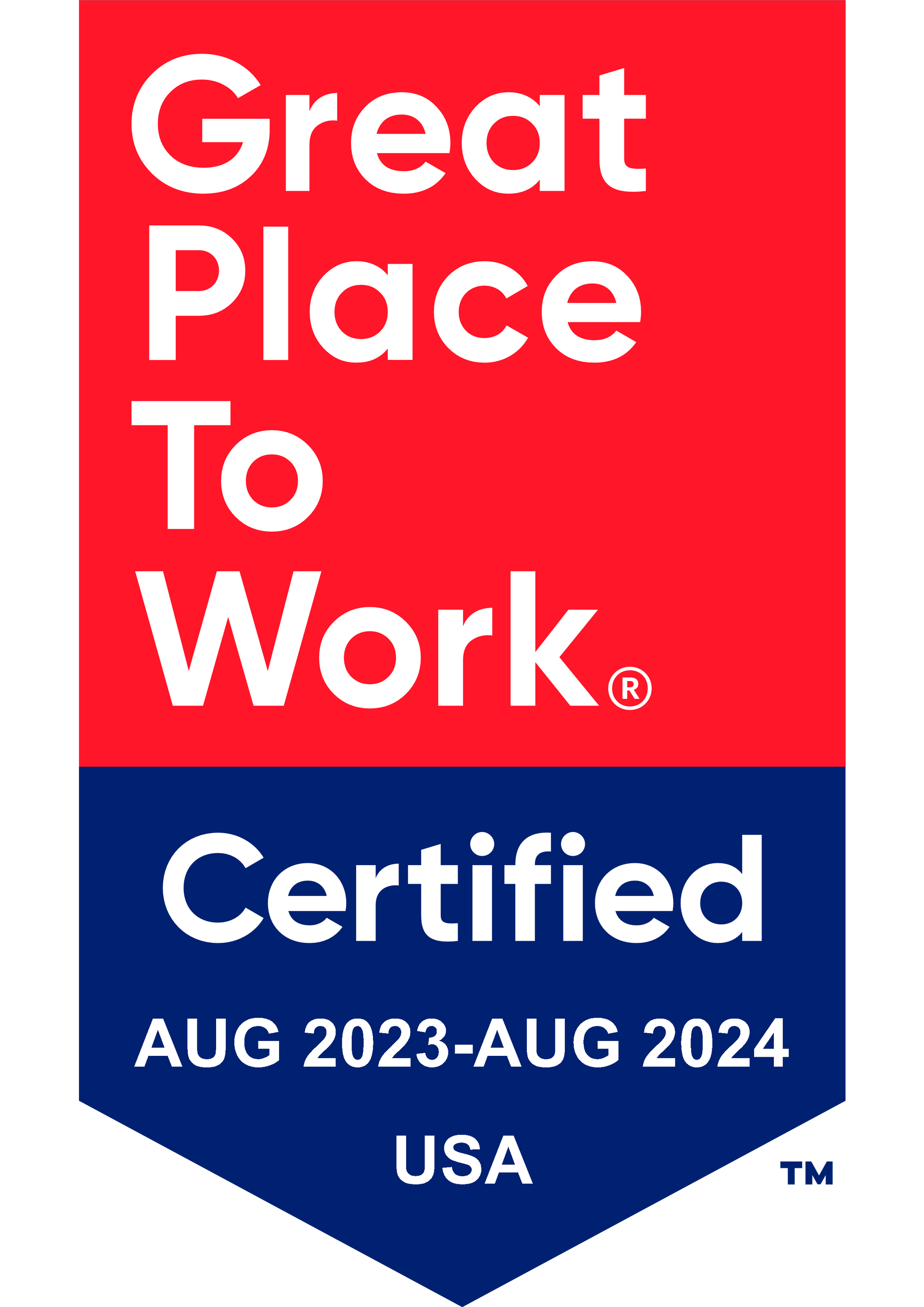
The “Actively at Work” Clause in Insurance Policies: What It Means for Employers

When it comes to offering group disability or life insurance benefits to your employees, understanding the fine print is just as important as choosing the right coverage. One key detail that often flies under the radar is the “Actively at Work” clause. It might sound straightforward, but it has real implications for both employers and employees when it comes to coverage eligibility—especially when a disability claim is filed.
What does “actively at work” mean?
In the simplest terms, the clause means that an employee must be engaged in a full-time working position on the day a disability or life insurance claim is made. Now, that doesn’t always translate to the traditional 30- to 40-hour workweek. What matters is the nature of the job and whether it qualifies as full-time under your business’s policies. If the employee holds a full-time role and is actively fulfilling that role’s requirements, they’ll generally meet the “actively at work” standard.
Importantly, this clause doesn’t penalize employees for taking standard time off. Paid vacations, holidays, or even brief personal leaves typically don’t count against coverage—as long as the employee is still formally in their full-time position. For example, if an employee files a disability claim while on vacation, their coverage should still stand, provided they were actively working right up to the time off.
But here’s where things can get tricky.
Insurance companies often use the “actively at work” clause to evaluate whether a claim is valid. Let’s say someone has left your company but is still somehow listed on your group insurance policy. If they submit a claim after their departure, the insurer can deny it under this clause, arguing that the person wasn’t actively working when the claim was made.
Another scenario might involve a newly hired employee who never actually begins working due to a sudden illness. Even if their paperwork was processed and they were technically “on the books,” they may not qualify for coverage unless they physically began working in the role.
On the other hand, if an employee does start working in a full-time role—even if it’s just for a few days—and becomes disabled shortly after, the clause is usually satisfied. That’s why it’s so important for HR teams and managers to understand this provision clearly and document work start dates accurately.
Why Employers Should Share This Info with Employees
Misunderstandings about the “actively at work” clause can lead to confusion and frustration—especially when someone is dealing with a new medical condition or crisis. As an employer, sharing clear, accessible resources with your staff helps set expectations and builds trust. A blog like this one can be a valuable reference tool for employees who want to better understand how their insurance coverage works, especially when facing a life-altering situation.
Legal Guidance from KBI Benefits
Navigating employee insurance policies isn’t always straightforward, especially when legal nuances like the “actively at work” clause come into play. That’s where the ERISA attorneys at KBI Benefits step in. We help businesses like yours understand the legal implications of providing insurance through employee benefits and ensure your policies are both compliant and clearly communicated.
Need help interpreting your group insurance policy or setting up coverage for your team? Call KBI Benefits today to learn how we can support your business with experienced legal guidance tailored to your employee benefits program.



